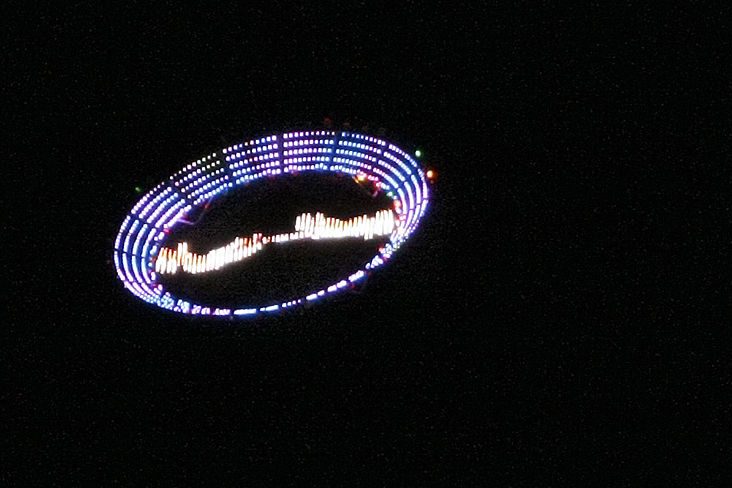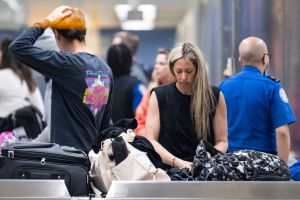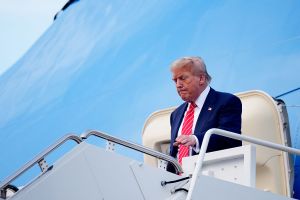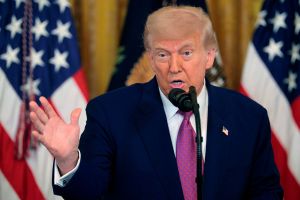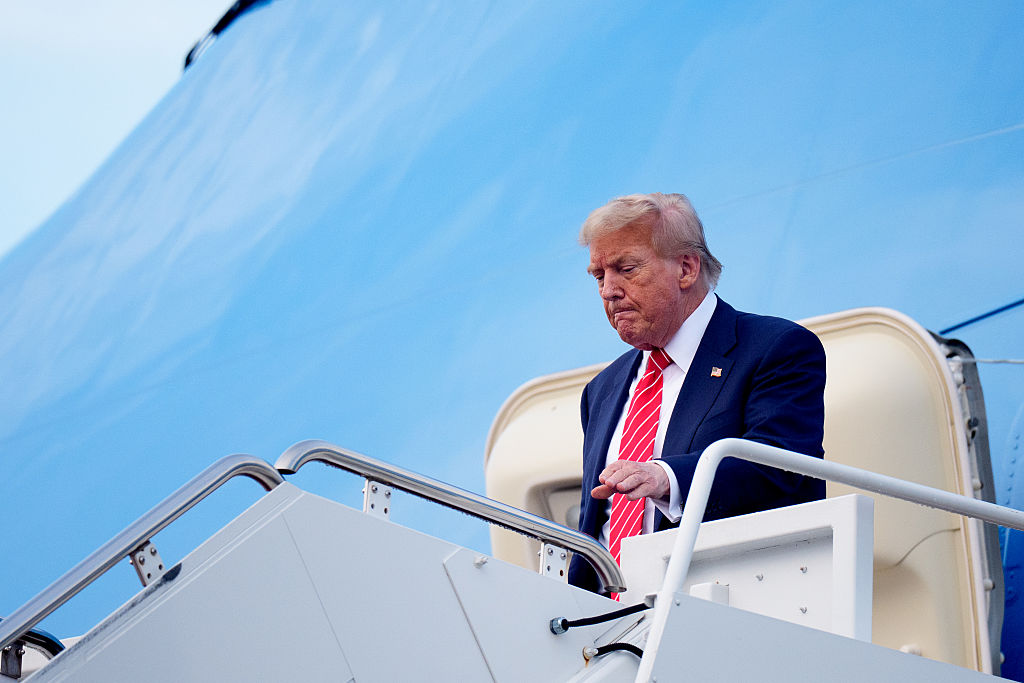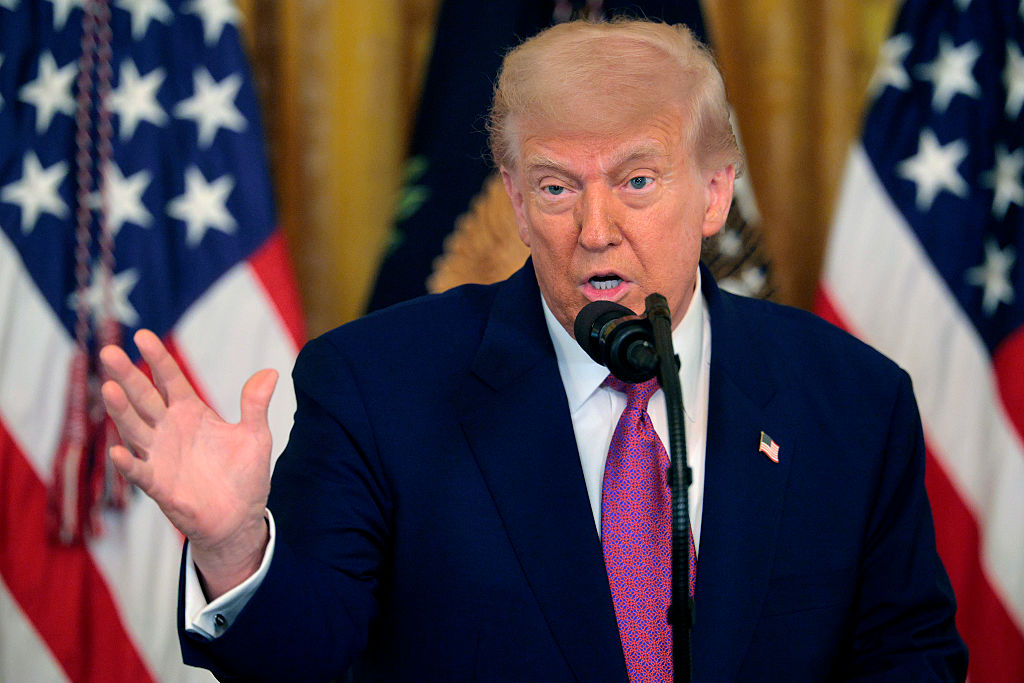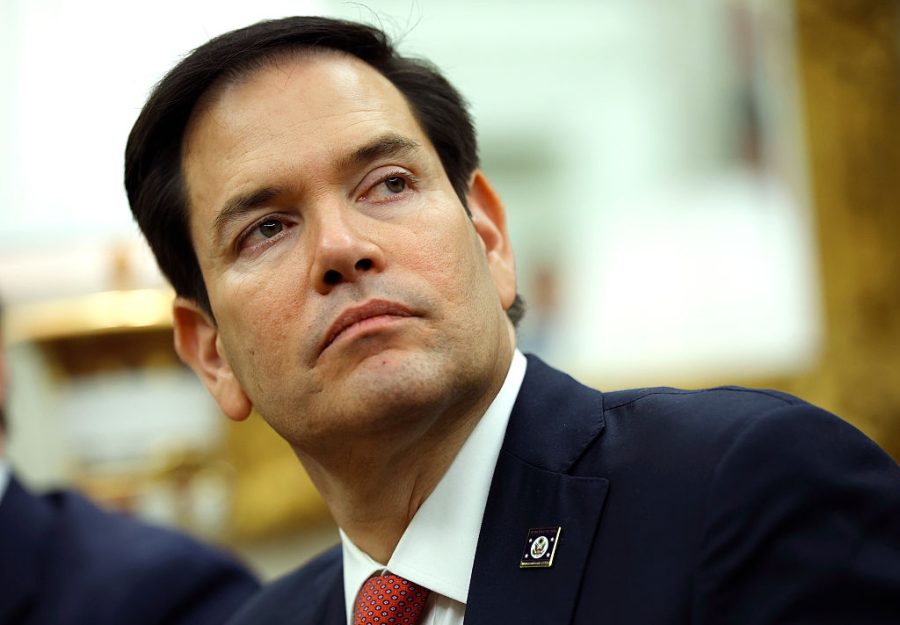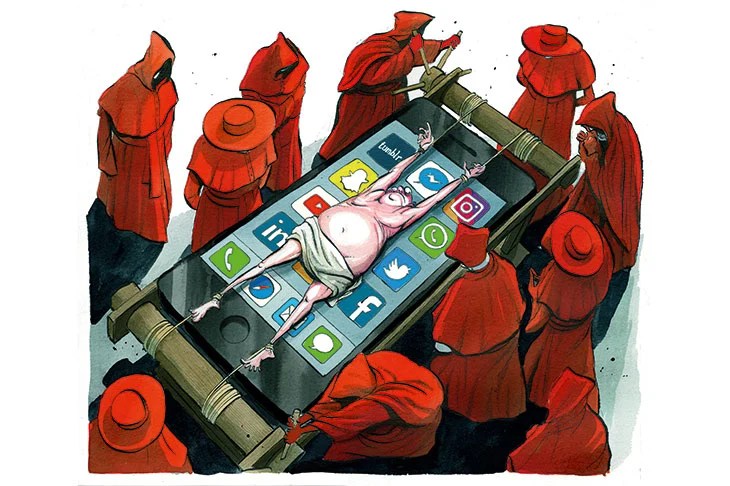The military types who recently testified before a congressional hearing about their close encounters with UFOs were not the usual suspects associated with such reports. Retired naval commander David Fravor said that he, his weapons service officer and their counterparts in another jet had seen a mysterious “Tic-Tac” shaped “object” while both planes were flying off San Diego in 2004. Speaking to a House of Representatives Oversight subcommittee at the end of last month, he detailed how the object’s dramatic maneuvers — caught on video by the next flight crew to take off — were beyond the capabilities of the known.
Similar objects had, Fravor said, been picked up by advanced radar on ships in his group over the previous two weeks. In his testimony, Ryan Graves, a former fighter pilot, described many more such sightings of “unidentified objects” (including “dark gray or black cubes inside of a clear sphere”), which were, he claimed, relatively common and “grossly underreported.” Graves, too, mentioned these objects’ remarkable aerodynamics. He recalled how he and members of his squadron had detected UFOs, or, to use their new designation, unidentified anomalous phenomena (UAPs), on multiple sensor systems and eventually “through visual ID.” “If UAPs are foreign drones,” he commented, “it is an urgent national security problem, if [they are] something else, it is an issue for science.”
Given the immensity of the universe, there ought to be intelligent alien life somewhere out there. But, even allowing for the wonders of alien technology, both common sense — the vast distances involved — and the absence of any persuasive evidence mean that it is highly unlikely that E.T. has ever come calling. That said, although many of this century’s UFO/UAP sightings have since been explained away, it is too soon to declare that this puzzle (which could conceivably also be the work of, say, Russian or Chinese scientists) has been solved. It’s also worth adding that all three witnesses were under oath, and that both Fravor and Graves came across well, above all when describing events of which they had, they said, first-hand experience.
But the extraordinary testimony given by one ex-Air Force pilot and intelligence officer was all too reminiscent of the legends of old-school ufology at their most colorful. In his later career, David Grusch worked for the National Reconnaissance Office (NRO), where he was responsible for its liaison with the Unidentified Aerial Phenomena Task Force (UAPTF). He then joined the National Geospatial-Intelligence Agency (NGIA), where he was co-lead of UAP analysis, and also reported to UAPTF, and its successor, AARO.
Now, Grusch has turned whistleblower. He claimed that the US government withheld information about a questionably funded, covert program that studies UAPs. Not only, Grusch alleged, has it recovered the wreckage of “non-human” spacecraft and “non-human biologics” (the remnants, I suppose, of their crew), but even intact vessels. He also asserted that the program incorporated reverse engineering of “non-human” technology. The Pentagon has denied this program exists or has existed.
Unlike Graves and Fravor, Grusch didn’t claim to have ever seen a UAP himself. He maintained that he was merely passing on what he has been told by others working in this program, some of whom backed up what they were telling him, he claimed, with documentary and photographic proof. But, actual evidence was hard to find during the hearings. Several promising lines of inquiry (names and so on) were shut down by Grusch, who said certain issues would have to be discussed behind closed doors. This included, disappointingly, whether the government had contacted intelligent extraterrestrials.
Grusch has said that he has already provided Congress with hours of recorded classified information transcribed into hundreds of pages which included specific data about the materials recovery program. A lot may hang on its contents. As Harvard astrophysicist Avi Loeb (best known, perhaps, for suggesting that an interstellar object that recently passed through our solar system might be a solar sail) points out, “we shouldn’t believe stories unless evidence supports them. So as intriguing as it is to hear Grusch’s testimony, he did not provide any physical evidence or any data.’
It wasn’t just evidence that was lacking. The questioning from the subcommittee often fell short too. This was especially the case when it came to Grusch, who was not asked about comments he made earlier this year in which he backed the notion that a spacecraft had crashed near Roswell, New Mexico in 1947. The belief that a crash was covered up by the government has been shared by countless UFO enthusiasts over the years. However, in 1994, the US Air Force revealed that there had indeed been a cover-up — but one concerning high-altitude balloons, not a forlorn saucer.
Even if Grusch’s tall tales are dismissed by most people, Washington will still be watching UAPs
Grusch also wasn’t asked whether he stood by claims he has made that it has “long been known that the regime of Italian dictator Benito Mussolini documented numerous UAP.” Only one, a bell-like craft, seems to have crashed, or so the story (assembled by an Italian ufologist in 2000) goes. According to Grusch, it was captured by America’s intelligence agency after a tip from Pope Pius XII and dispatched across the Atlantic. Righto.
Even if Grusch’s tall tales are dismissed by most people, Washington will still be watching UAPs. Republicans Matt Gaetz, Anna Paulina Luna and Tim Burchett, as well as Democrat Jared Moskowitz (all of whom spoke at the hearing) have written to House Speaker Kevin McCarthy asking him to establish a UAP Select Committee, which would have subpoena power.
For its part, the Senate has passed its version of the proposed National Defense Authorization Act for 2024 (which authorizes funding for the Department of Defense). It included language introduced by a bipartisan amendment led by Democrat Chuck Schumer and Republican Mike Rounds designed to reduce the secrecy surrounding UAPs. Among other provisions, it would force officials to gather all UAP records being held by the government with a view (with caveats) to their release.
This version of the defense bill now has to be reconciled with that passed by the House of Representatives before being sent for signature by President Biden. This process may take a while, but, with the interest on both sides of the political divide, the final act will surely increase the level of information on UAPs made available to the public.
Meanwhile the investigation into UAPs by the government continues, and with a wider remit than the initial focus on puzzling sights in the sky. When UAPTF, the body charged with looking into UAPs, was replaced by the Department of Defense’s All-domain Anomaly Resolution Office (AARO) in mid-2022, the new name reflected reports that UAPs were not only airborne. As an official explained a few months later: “Unidentified phenomena in all domains, whether in the air, ground, sea or space, pose potential threats to personnel security and operations security, and they require our urgent attention.”
NASA — which has traditionally kept clear of UFOs — has also got into the game, appointing a study group to look into UAPs. It is scheduled to issue a report of its findings this month.
Many Americans have long harbored suspicions that Uncle Sam is hiding momentous secrets. The US government’s apparent tendency to over-classify materials relating to UAPs has created an ideal opportunity for politicians eager to make hay out of what can be depicted (accurately or otherwise) as unusually exciting deep-state skullduggery. And that’s why there was something undeniably theatrical about the hearings. The committee members, or some of them anyway, appeared not so much interested in digging as deep as they could as in ensuring that the momentum of their investigation did not stall.
But for many calmer politicians it is the danger from unknown unknowns that are troubling, rather than any assumptions that these phenomena are extraterrestrial. As Marco Rubio, the senior Republican on the Senate’s Intelligence Committee, and one of the senators who backed the proposed amendment to the defense bill put it, his “primary interest in this topic is if there are… object[s] operating over restricted airspace, it’s not ours and we don’t know whose it is, that’s a problem that we need to get to the bottom of.” A sensible enough attitude.
In April, AARO’s boss announced that it “has found no credible evidence thus far of extra-terrestrial activity, off-world technology, or objects that defy the known laws of physics,” a claim repeated by a Pentagon spokeswoman after the hearing. “Thus far,” eh?
This article was originally published on The Spectator’s UK website.



